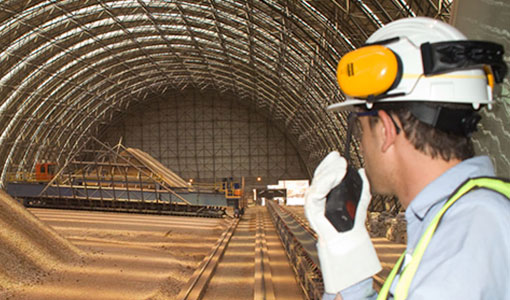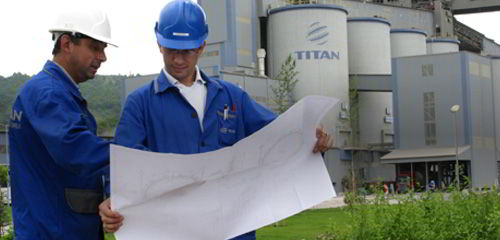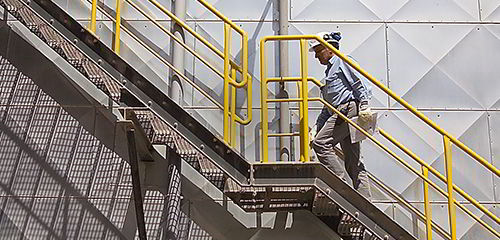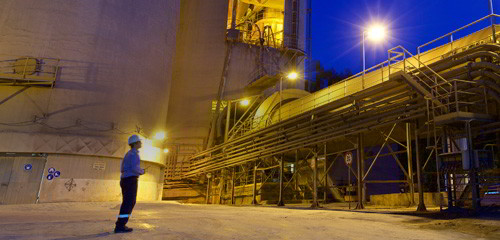
2015 overview
Our consistent strategy, the enhancement of our collaboration with all our stakeholders and our focus on geographic diversification, continue to strengthen the business and ensure that our operations grow responsibly.
USA

Turnover

EBITDA
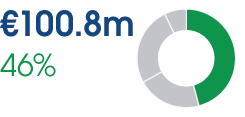
Assets

Employees
1,996Greece and Western Europe

Turnover
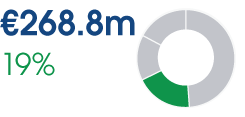
EBITDA

Assets

Employees
1,176Southeastern Europe
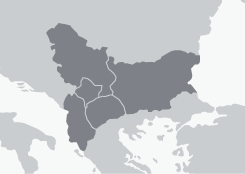
Turnover

EBITDA

Assets

Employees
1,426Eastern Mediterranean

Turnover

EBITDA

Assets

Employees
1,056Delivering value far beyond the cement plant
Aiming to be one of the world’s most economically, environmentally and socially responsible providers of construction materials, we use our unique strengths, resources and relationships to create sustainable value for a wide range of stakeholders.
Value created
€173m
Invested in the Group’s future growth
€67.8m
Paid for improving environmental footprint
€901.1m
Paid to local and international suppliers and contractors
€262.2m
Paid to employees for salaries, pensions and social benefits, including additional benefits beyond those provided by law
€73.7m
Paid in taxes to state and local authorities
€31m
Received by shareholders and minorities in cash payments
€2.4m
Invested in community projects

Focusing on material issues
As expectations from business are growing at all levels, focusing on material issues is becoming increasingly important in developing a coherent, inclusive and consistent sustainability strategy.
This matrix summarizes the nine most material issues for TITAN Group and our key stakeholders.
- Financial liquidity
and access to funding - Environmental management
- Climate change
- Circular economy
- Health
and safety - People management
and development - Sustainability of communities
- Governance, transparency
and ethics - Social and political risks
and instability

Aligning with the UN Sustainable Development Goals
The Group Corporate Social Responsibility Committee has decided to utilize the SDGs to define our future priorities and areas for further improvement. We believe that they offer us a unique opportunity to strengthen collaborative action, deepen stakeholder engagement and increase the value we create at local level.
We have already begun the alignment of the Group’s goals through our materiality assessment process. Rather than setting new targets for the next three to five years, we are focusing on the “triple bottom line” – taking into account financial, social and environmental goals – and benchmarking our performance externally.
However, we have agreed that not all the 17 SDGs are of equal importance to us, so we have defined two main categories:
SDGs most relevant to our business
Health

Consumption

Climate

Partnerships

SDGs complementary to our main priorities
Education

Women

Water
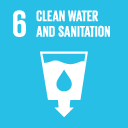
Energy

Economy

Infrastructure
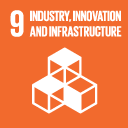
Communities

Ecosystems
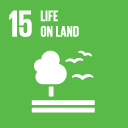
We will continue our assessment process throughout 2016, taking under consideration consultations with national stakeholders as we develop and promote the SDGs in each of the countries where we currently operate.
